
Introduction
Hearing aids are life-changing devices that help people with hearing loss communicate and engage with the world more effectively. If you are using a hearing aid for the first time, it may feel unfamiliar or even overwhelming. However, with proper guidance and patience, you can adjust to your new hearing experience smoothly. This guide will walk you through everything you need to know about using a hearing aid for the first time, ensuring comfort, clarity, and optimal performance.
Understanding Your Hearing Aid
Before using a hearing aid, it’s essential to understand its components and functions. Most hearing aids consist of the following parts:
-
Microphone: Captures sound from the environment.
-
Amplifier: Increases the volume of the sound.
-
Receiver (Speaker): Delivers the amplified sound into your ear.
-
Battery or Rechargeable Unit: Powers the device.
-
Controls: Some models have buttons to adjust volume and settings manually.
Types of Hearing Aids
Hearing aids come in various styles, including:
-
Behind-the-Ear (BTE): Sits behind the ear with a tube connecting to an earpiece.
-
In-the-Ear (ITE): Fits inside the outer ear.
-
Completely-in-Canal (CIC) and Invisible-in-Canal (IIC): Small, discreet models that fit deep inside the ear canal.
-
Receiver-in-Canal (RIC): A combination of BTE and ITE designs with a small receiver inside the ear.
Understanding your hearing aid type will help you operate and maintain it correctly.
Steps for First-Time Use
1. Getting Comfortable with Your Hearing Aid
When you first receive your hearing aid, spend time familiarizing yourself with its components and how to handle it. Follow these steps:
-
Read the user manual to understand its functions.
-
Practice inserting and removing the hearing aid.
-
Learn how to change batteries or charge the device if it's rechargeable.
-
Adjust the volume and settings according to the manual or as advised by your audiologist.
2. Properly Inserting and Removing the Hearing Aid
Incorrect placement can cause discomfort and poor sound quality. Here’s how to insert your hearing aid properly:
-
Wash your hands before handling your hearing aid.
-
Position the device correctly based on the type of hearing aid you have.
-
Gently insert it into your ear (for ITE, CIC, and IIC models) or place the behind-the-ear component (for BTE models) securely.
-
Ensure a snug fit to prevent feedback noise (whistling sounds).
To remove the hearing aid:
-
Turn it off (if required) before removal.
-
Gently pull it out using the designed removal tab or by gripping the device securely.
-
Store it properly in a dry case to prevent damage.
3. Turning the Hearing Aid On and Off
-
For battery-powered hearing aids, open the battery compartment to turn it off and close it to turn it on.
-
For rechargeable models, place them in the charging case when not in use.
4. Adjusting to Sound
Hearing through an aid for the first time may feel different from natural hearing. Here’s how to adjust:
-
Start in a quiet environment to get used to amplified sounds.
-
Wear it for a few hours initially, gradually increasing the duration daily.
-
Practice listening to familiar sounds like your own voice, household noises, and conversations.
-
Avoid adjusting the volume too high to prevent discomfort.
-
Have patience, as your brain needs time to process the new sounds.
5. Handling Common Issues
It’s common to experience minor issues during the initial days. Here’s how to address them:
-
Whistling or Feedback Noise: Ensure a proper fit and clean your hearing aid regularly.
-
Uncomfortable Sensation: Your ears need time to adjust; consult your audiologist if discomfort persists.
-
Muffled Sound: Check if the hearing aid is clean and positioned correctly.
-
Battery Draining Quickly: Ensure you turn it off when not in use and replace batteries when needed.
Maintenance and Care
To extend the lifespan of your hearing aid, follow these maintenance tips:
-
Clean it daily using a soft cloth or a hearing aid cleaning tool.
-
Store in a dry place and use a dehumidifier if necessary.
-
Avoid exposure to moisture (e.g., rain, sweat, or showering while wearing it).
-
Change or recharge the battery regularly to ensure optimal performance.
-
Schedule regular check-ups with your audiologist for adjustments and cleaning.
Gradual Adaptation Tips
Adjusting to a hearing aid takes time. Here are some tips to make the transition smoother:
-
Practice active listening by engaging in conversations and listening to music or audiobooks.
-
Take breaks if you feel overwhelmed by sounds.
-
Keep a journal to note any issues or improvements and discuss them with your audiologist.
-
Join a support group to share experiences and gain advice from others who use hearing aids.
Conclusion
Using a hearing aid for the first time is a journey that requires patience and practice. By following these steps, you can comfortably adapt to your new hearing experience and improve your quality of life. If you encounter any challenges, don’t hesitate to seek guidance from your audiologist. With time and the right approach, your hearing aid will become an invaluable part of your daily routine.


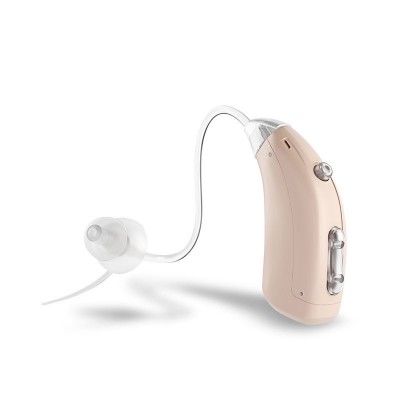
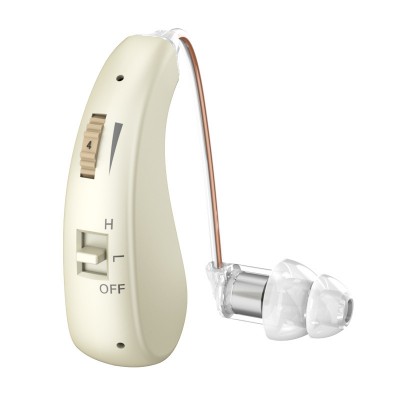
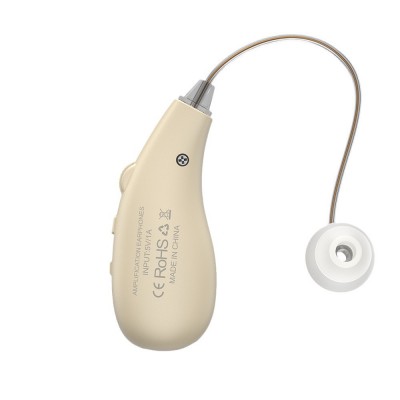
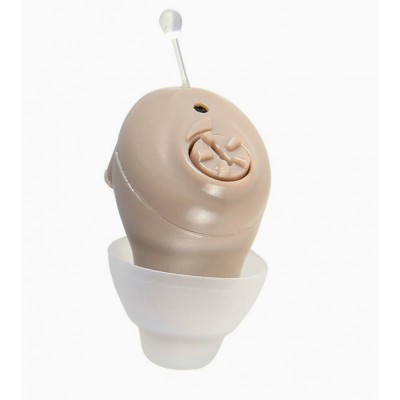
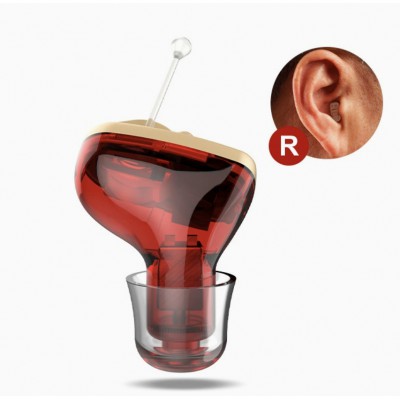
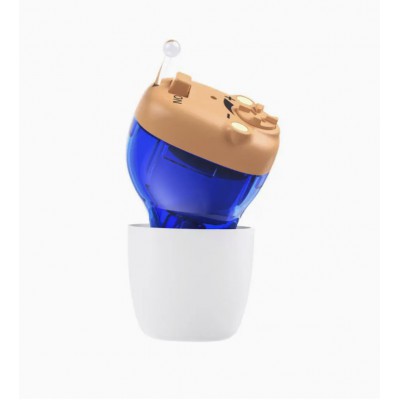

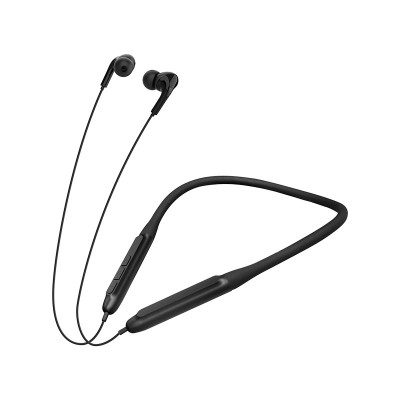
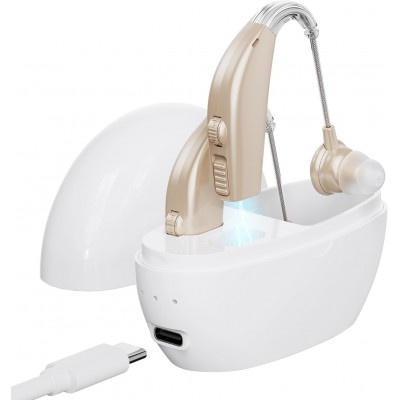

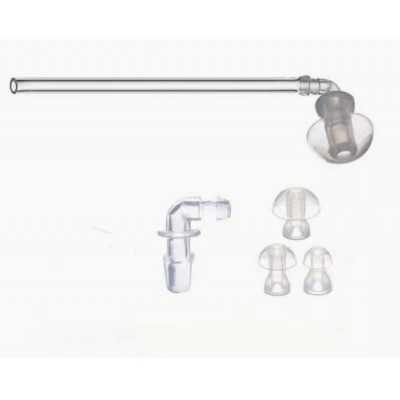
1 Comment(s)
Drew’s
Leave a comment